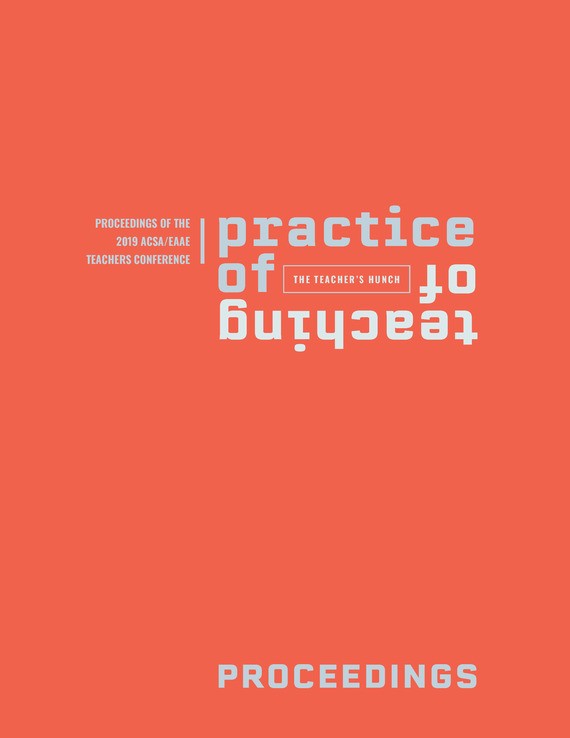Author(s): Byron Wolfe & Seher Erdoǧan Ford
Why teach collaboration? Considering the context of growing emphasis on collaborative work in arts and design education,what it actually entails and how it works warrant a closer look. Institutions are motivated to help students launch multidisciplinarycreative careers, while educators assign collaborative projects for students and engage in similar activities in their own practices.Given this momentum, are existing pedagogical models in creative disciplines designed appropriately to foster healthy and effectivecollaborations? Moreover, is there sufficient common understanding or language for what might constitute best practices for initiatingand maintaining sustainable collaborations?These questions arise regularly within the context of our institution, Tyler School of Art and Architecture, which is part of TempleUniversity in Philadelphia, Pennsylvania. The school includes the departments of Architecture and Environmental Design, Art Education and Community Arts Practices, Art History, Studio Art, and Graphic and Interactive Design. It recently updated its structure and adopted a name that captures its breadth of programs to support cross-disciplinary study and reflect current understanding of creative practice and research.One of us being a professor in Studio Art with a background in Photography and the other in Architecture and EnvironmentalDesign, our collective experience and shared interests in interdisciplinary engagements motivated us to design and co-teach a new, graduate-level course focusing on collaboration and the creative process. Following preparations and planning for about a year, we taught the course titled “ Collaboration and Creativity” three times since its first iteration in the fall of 2017. Each semester varied widely in terms of the number of students enrolled, background and expectations both on the part of the students as well as us, as instructors. So far the cohort has included students from architecture, photography, ceramics, glass, painting, printmaking, sculpture and film and media programs.To facilitate research-based collaborative work, we considered place-based topics, allowing for various modes of research, which would generate connections with the local environment. Since students from diverse disciplinary backgrounds and with different skill-sets enroll in the course, we deliberately selected a neutral topic of study, a locally sourced stone, in order to encourage a shared experience of discovery. Taking its name from the creek that defines the northwestern arm of the city of Philadelphia, the Wissahickon schist stone—a metamorphic rock—is widely used in historical construction in the area and well-recognized for its distinct specks of shiny mica and multi-toned layers of gray, blue, brown, and black. We decided to work with this stone as a departure point for diverse lines of inquiry into physical, historical, cultural, and social domains.
https://doi.org/10.35483/ACSA.Teach.2019.64
Volume Editors
Richard Blythe & Johan De Walsche
ISBN
978-1-944214-23-4

 Study Architecture
Study Architecture  ProPEL
ProPEL 
